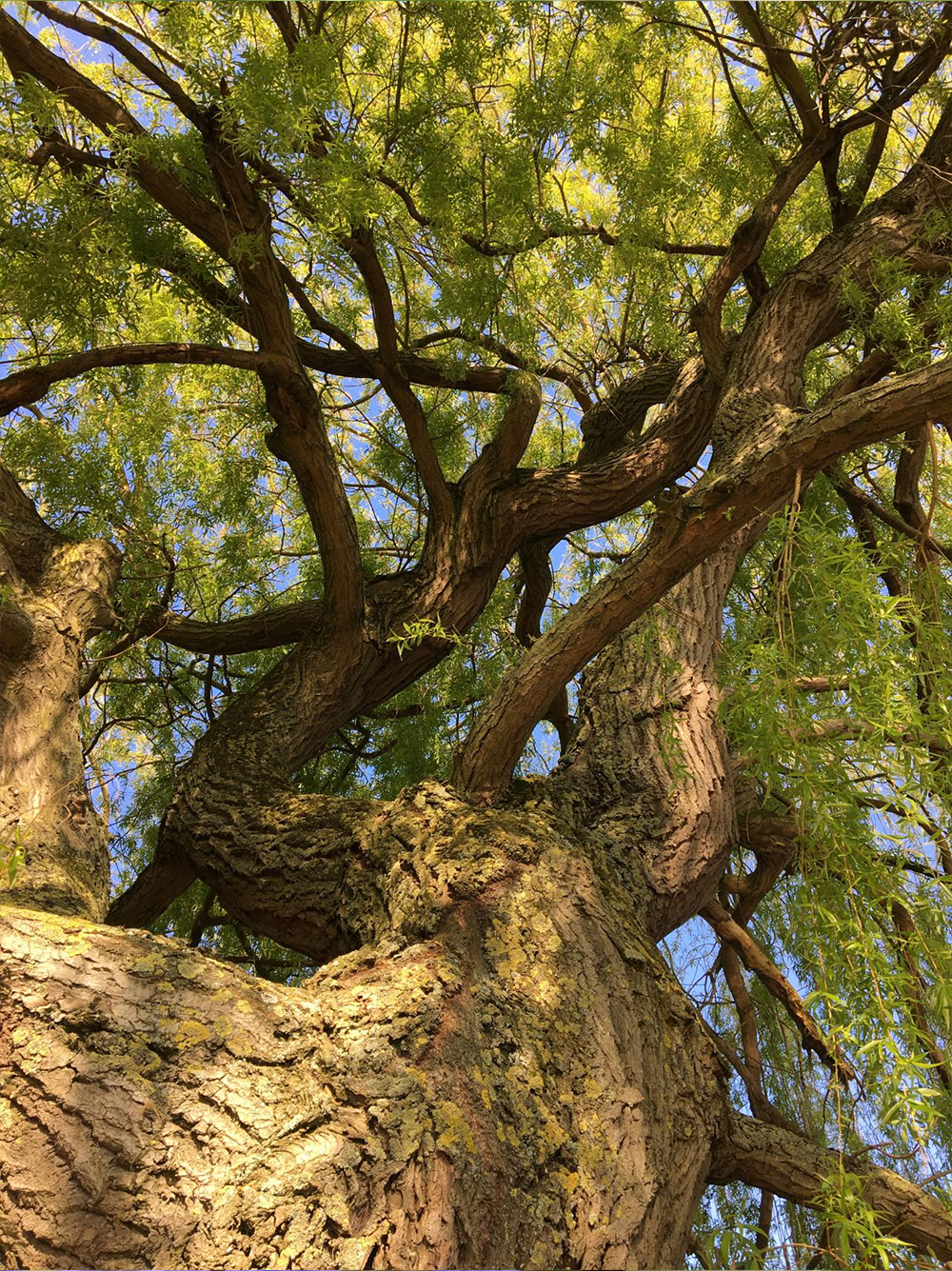James Kent, a year 12 pupil at King Alfred’s, spends a day with the army of volunteers who help maintain the Betjeman Millennium Park in Wantage, which has just marked its 20th anniversary
Just a stone’s throw from the hustle and bustle of Wantage Marketplace is a haven of wildlife, poetry, and relaxation – the Betjeman Millennium Park.
This month, the park enters its 20th year of providing for the local community but why is the park here in the first place? How was the land transformed from an empty derelict wasteland to the vibrant hub it is today? And why is it still so important?
You could be mistaken for wandering down from the parish church or along by the mill and assuming the wild plot of land on the outskirts of Wantage is just a normal park or nature reserve, but this is far from the truth…
You can feel a sense of magic and myth as you wander around the trails
Named after local poet and former poet laureate Sir John Betjeman (who lived in Wantage 1951-72) and dedicated to the start of the new millennium, the park is certainly not your ordinary piece of flat and neatly squared out urban greenery.
Being host to semi-wild woodland, engraved sculptures, a circle of ancient sarsen stones (the same as in Stonehenge) and even a performance area this is less of a park and more of a centre of life. You can feel a sense of magic and myth as you wander around the trails and get lost within the sprawling trees and running rhythms of word.
The freedom and wonder are infectious and not exclusive to humans – wildflowers pop up and enthusiastically cover the ground all around and birds call out from their leafy abodes.
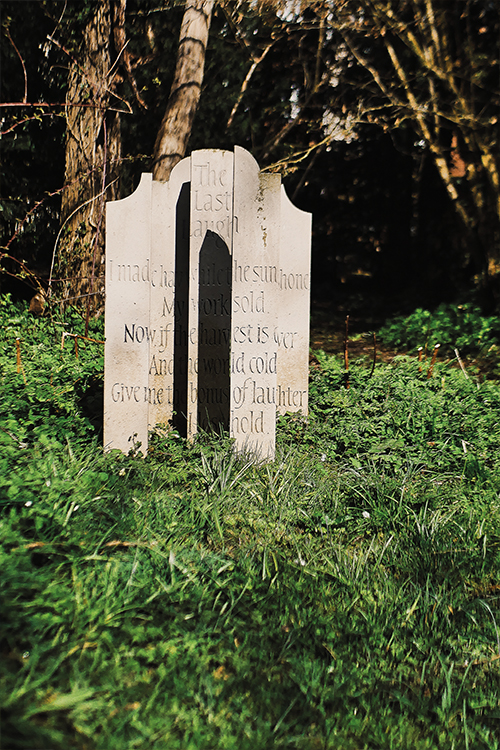
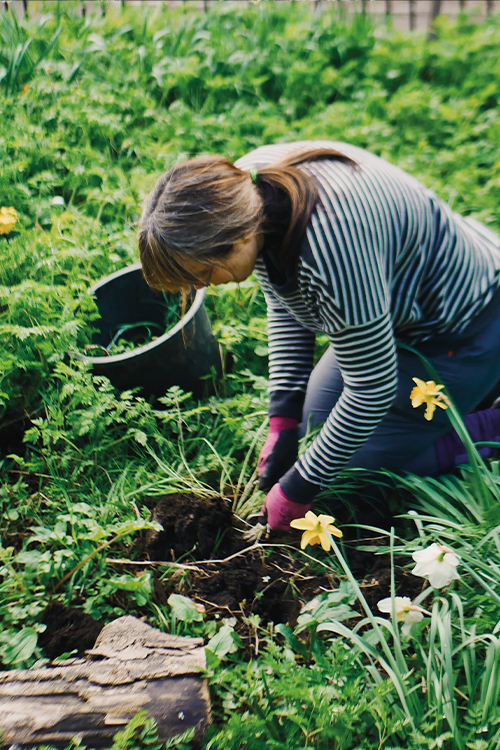
In most places it is us or nature. Houses, pavements, fences keeping us tucked away from wildlife like it’s our enemy, the unkempt sprawling mass that we can’t control. However, here it is (to an extent) beautifully uncontrolled and thriving and a poignant reminder that we can all be here and coexist happily.
To many (myself included) it seems like Betjeman Park has always been there – a permanent feature of Wantage – but, as I’ve learnt, the fight for this park has been hard, the upkeep crucial but most importantly the transformation incredible. The two-acre site of land on which the park lies was once a piece of derelict wasteland that was close to being developed on with property.
Seeing the opportunity for protecting wildlife and how devastating it would be to see this land become swallowed up by more infrastructure, a local group came together to make a charitable trust. Through hard work, they saved the land and bought the plot with help from a council grant in the mid-1990s.
Chelsea Flower Show gold medalist Gabriella Pape was commissioned to design the space and came up with the idea of planting native tree species to increase biodiversity.
Local sculptor and artist Alec Peever was then chosen to engrave and install six sculptures to immortalise Sir John Betjeman’s words and poetry in stone which now make up the poetry trail. Finally, in May 2002 (after seven years of dedication) the ribbon was cut and the park opened to the jazzy sounds of The Wantage Silver Band.
It’s just so lovely to have this place in the centre of town
Today, the park is as relevant as ever in the local community and holds annual events like Art in the Park and the Betjeman Bike Ride and is used by many schools, cub groups and brownies for both education and adventure. It is also loved by locals (young and old) as a calm and relaxing sanctuary which transports you far away from the humdrum of the town.
One local resident told me it’s “just so lovely to have this place in the centre of town” and “it’s a wonderful asset” which has bloomed out of the “rough, unloved ground” she once remembers.
The Park has also been especially helpful to locals during the lockdowns as it provided many with the opportunity to get out of the house and spend some time in nature during those precious windows of exercise.
The essential role it plays in the community has also been acknowledged as it is now recognised as a Local Green Space in the draft Wantage Neighbourhood Plan, which protects it from all future development.
As a park for both people and nature to coexist happily, the upkeep is essential and many dedicated local volunteers help out at monthly work parties. I went down to see what was going on at the April work party and met some of the volunteers and trustees.
From the moment I joined them during their well earnt tea break I could really feel the deep sense of unity between them and the nature they care for. One enthusiastic volunteer, who has been involved for eight years and is one of the current trustees, told me how as a child she had quite self-sufficient parents and grew up “in the middle of nowhere” so it’s quite “a revelation to be in such a community”.
However, it’s not always a walk in the park (!) as she tells me it can be challenging to juggle her job and other responsibilities with the time needed as a trustee but there is such a great “feeling of achievement” and so much social connection.
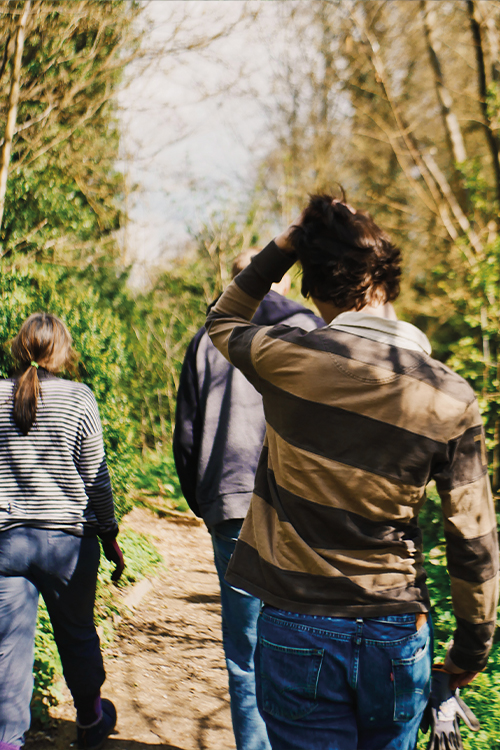
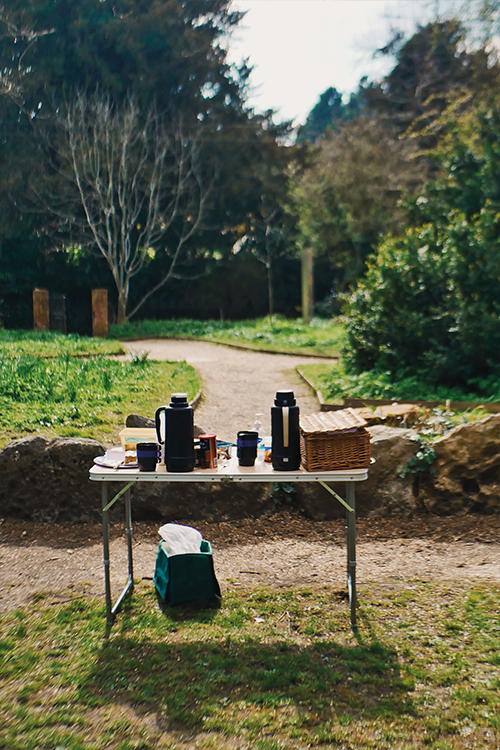
Not only do those working inside the park’s perimeters feel the connection but I was told how often passersby stop to say how much they appreciate the work being done on the park and how much the park means to them which is “reason enough to do it” for lots of them.
One elderly lady, although unable to do any physical work, regularly pops by to bring home-made biscuits for all the hard workers- not only is the park there for the community to enjoy but also for the community to care for in all the different ways they can.
Not only is the park there for the community to enjoy but also for the community to care for
One student volunteer who got involved just about nine months ago originally to be part of his Duke Of Edinburgh award is now the park’s youngest ever trustee and has spent six months on an ambitious project identifying and mapping out all the trees in the park alongside one of the more experienced and knowledgeable volunteers.
He tells me the yew tree is his favourite in the park with its reddish and purple bark and evergreen spines and how they are very slow to grow but can live for thousands of years. What I really came away feeling like at the end of the work party was that this is no begrudging task or tedious responsibility for those involved but really a great pleasure.
As the chairman John Vandore said it is a real “privilege” to be able to ensure the survival of the magical space the original founding trustees fought so hard to gain.
To find out more about Betjeman Millenium Park or get in touch check out the Facebook page
Tell us your local news here









